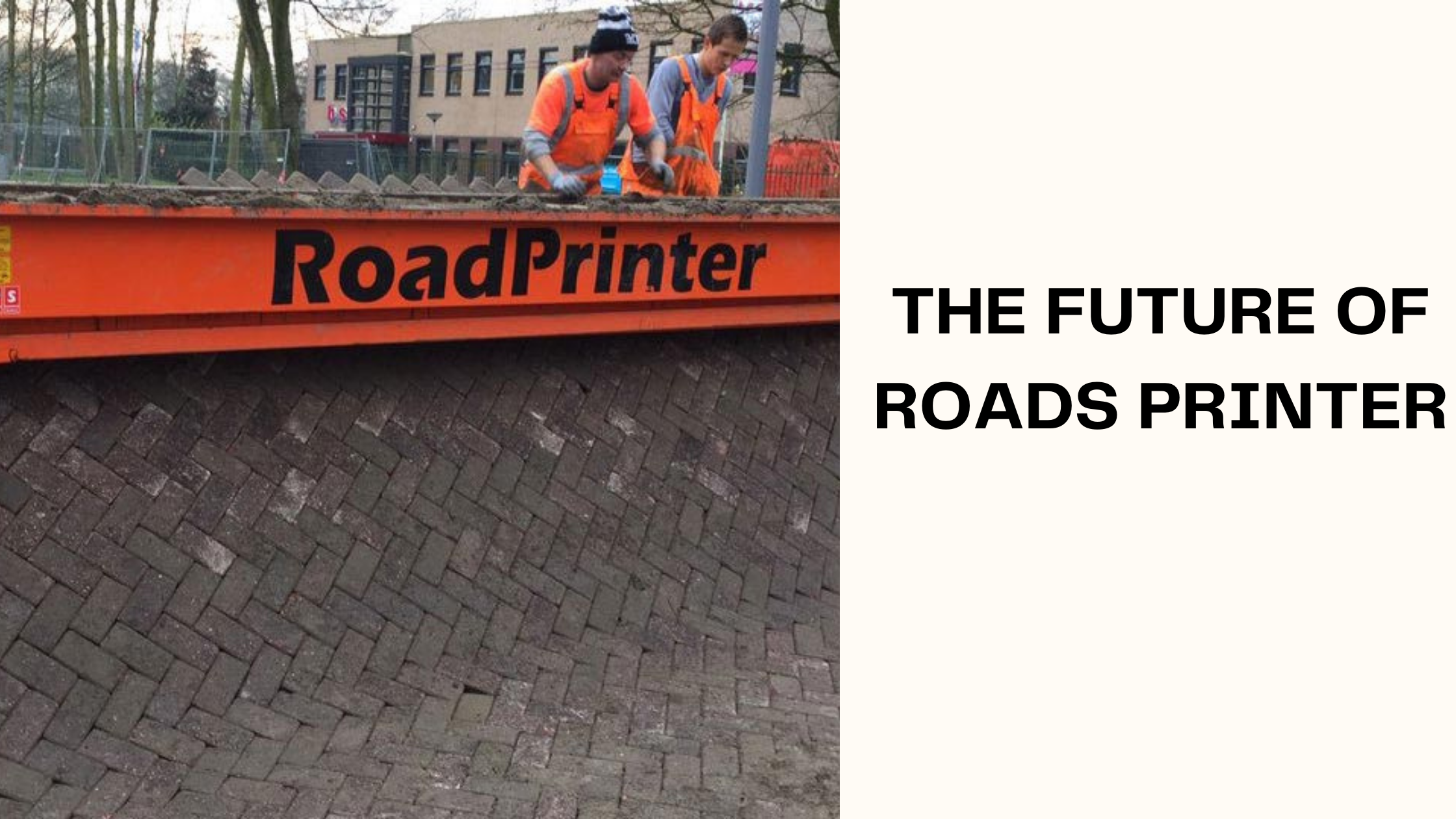Roads Printer
The Future of roads printer has altered the global approach to building new highways. With the aid of cutting-edge technology, roads may now be constructed more swiftly, precisely, and affordably thanks to road printers. This cutting-edge method of building roads has transformed the sector and is swiftly taking the lead in many other nations.
A road printer is a rather basic concept. It is a sizable, intricate device that prints roadways. The machine creates a road surface with a high degree of precision using a number of different parts. Compared to conventional road construction methods, it can install roads in a fraction of the time and expense.
Using a road printer has several advantages. For instance, compared to conventional approaches, it can build out roadways more precisely. The road surface becomes more level and smoother as a consequence. Additionally, the road printer’s speed and efficiency provide quicker turnaround times and cost reductions. Additionally, the road printer can lay down roads with varying widths and forms in a single pass, which simplifies the creation of complex designs.
The road printer is powered by a multitude of various technologies. The machine has a paving head, a control system, and a number of sensors. The machine’s sensors enable precise repairs by detecting uneven surfaces. The paving head is in charge of putting down the material required for the road surface, while the control system is in charge of the machine’s general functioning.
History of Road Printers
Although the idea of a road printer has been around for a while, it hasn’t been possible to implement it until lately because to advancements in technology. The first “road-laying machines” were created and put to use in the 18th century, which is when the concept of employing a machine to lay down asphalt to make roads originally emerged.
Edward J. Smith created the asphalt paver, the first road-building device of its kind, in 1923. This device was a significant advancement in the development of the road-building sector since it distributed asphalt over the pre-existing road surface. As asphalt pavers’ design improved over the ensuing few decades, they were indispensable for building roads and bridges.
Scientists and engineers started investigating the use of robots to replace the human labour needed to pave asphalt on roadways in the late 1970s. The Road Printer was finally produced as a result of this technology, which is referred to as “road robotization,” and it was developed in the early 1980s. In the early 1990s, the Road Printer was created as a substitute for conventional paving techniques.
In the late 1970s, engineers and scientists began to explore using robots to replace the manual labor required to lay asphalt on roads. This technology, known as “road robotization,” was developed in the early 1980s and eventually led to the development of the Road Printer. The Road Printer was first developed in the early 1990s as an alternative to traditional paving methods.
In 1993, a group of European experts at the Fraunhofer Institute for Manufacturing Engineering and Automation created the Road Printer prototype. The first machine capable of continuously applying asphalt to a road in an automated manner was this prototype. The Road Printer was made up of a paving machine, an asphalt distributor, and an arm with computer control. In less than an hour, this prototype could pave a 50-meter section of road.
The development of robotics technology in the late 1990s allowed for significant improvements to be made to the Road Printer. As a result, the Road Printer was developed into other variants, the most notable of which being the Road Printer 2.0 that debuted in 2000 and had higher automation and quicker paving rates. The Road Printer 3.0 was created in the latter part of the 2000s to pave a road constantly without pausing and beginning.
Read More: The Future of Smart Speed Bump
Read More: High-Performance Concrete Build Business Case Value
